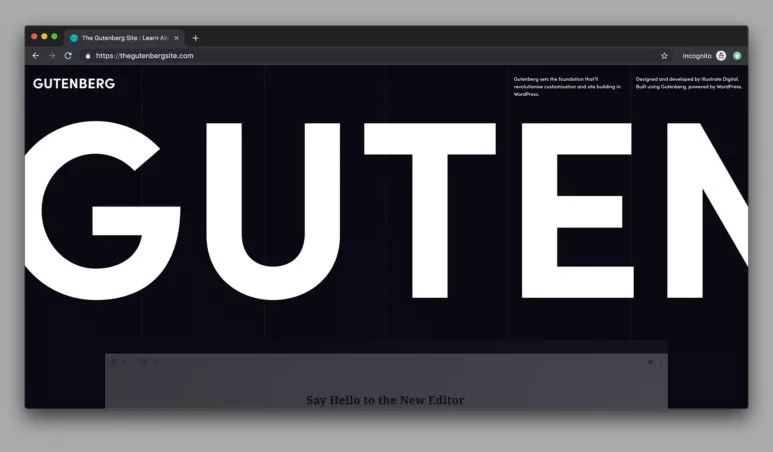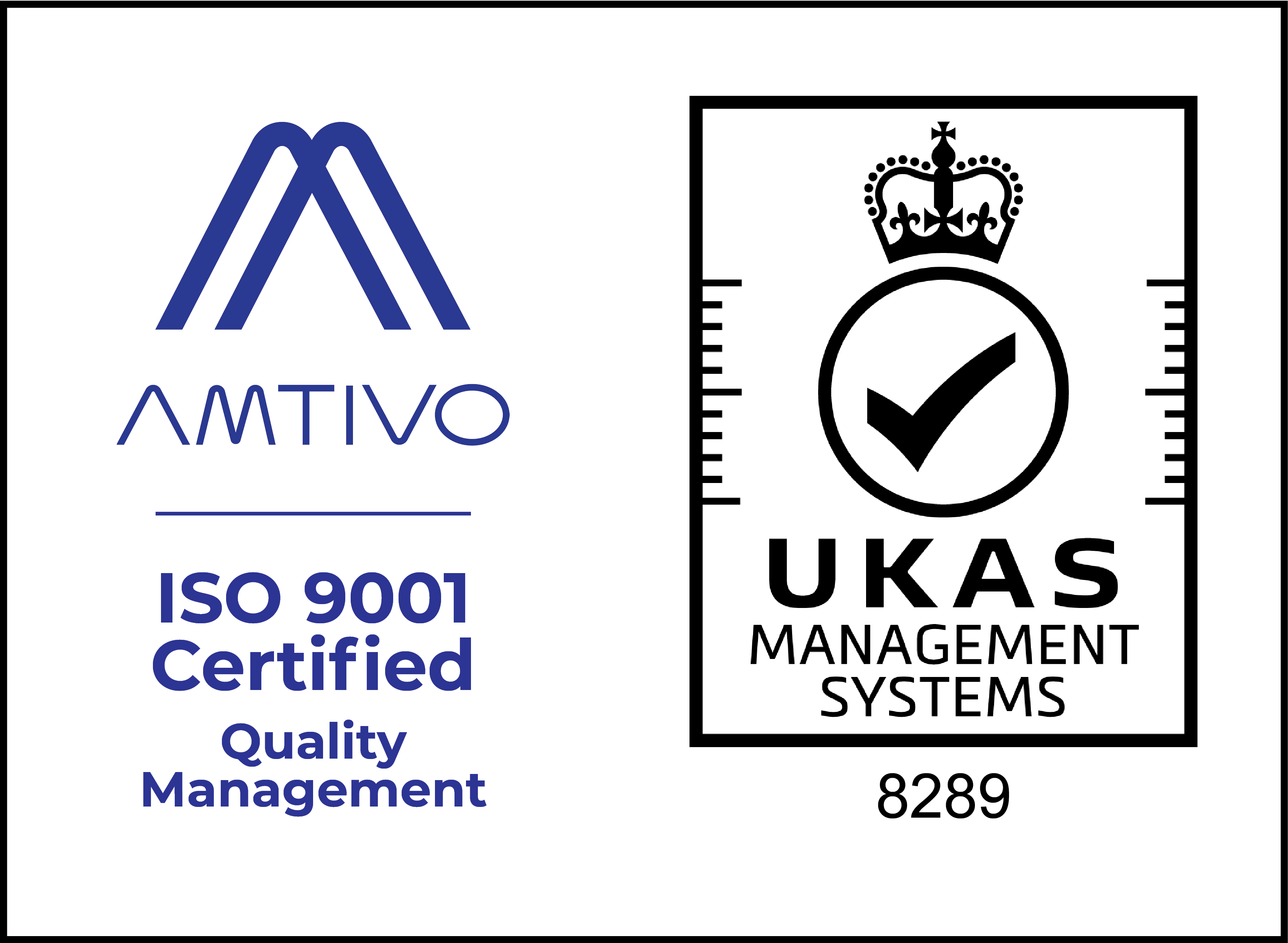All software is subject to attack by malicious parties. Whenever a piece of software is created it needs to be able to withstand attacks of many kinds on a regular basis. No only are attacks an issue but when you build software it will inevitably have unintended issues built into it. These are called bugs and can be as minor as a slightly misaligned box on a site all the way to a major flaw that could cripple and entire business.
WordPress and off-the-shelf software
WordPress is an open source project. This means that all of the code that makes it work is publically accessible and can be downloaded and changed. These modification can’t be added to the official download source without approval from a moderator.
This brings two potential ways of seeing it. First, the public nature of the code means that anyone who has malicious intent has direct access to the “blueprint” of the system your website is built upon.
The other side of this is that WordPress is supported by thousands of developers around the world that are constantly finding bugs and potential avenues for hackers and then patching them up before a moderator approves them to be added to the official source.
WordPress in itself is very secure and with good practices and awareness of potential issues not directly related to the software, you can runa site safely.
Software updates
The first thing to be aware of is that every time a WordPress update comes through, that is because a group of bugs fixes or functionality improvements have been approved by moderators and added to the official source of WordPress. This then informas your site that an update is available ready to by installed.
It is important to keep on top of WordPress updates because they help keep your site secure. By leaving your site on older versions you run the risk of a known issue being exploited that could have been patched.
Other factors
WordPress itself may be secure but there are many ways a potential attacker might take advantage of a site. Poor practices and insecure sites are very often the biggest risk. Let’s take a look at some of the most important ways you can protect your website beyond keeping WordPress updated.
Hosting
Your hosting will play a major part in keeping your website secure. Your hosting is a server that stores your website files in a data centre and sends them to visitors when they request your site. Secure hosting has to be constantly checked for malicious activity that will try to access your site via vulnerabilities in the server or it’s software.
Good hosting will protect you from other users on the same server and remote attackers elsewhere. Be sure to look into the security practices of your host. Some of the best services available include WordPress managed hosting that often includes some of the best security protection for your WordPress website.
Security software
It is important to secure your WordPress site beyond keeping it up to date. Attackers will use many different techniques and not all of them involve taking advantage of a known bug. For example, an attack could be as simple as a brute force attack where a hacker will simply try thousands or more passwords until the correct one is found. This may sound inefficient but can be incredibly effective and quick. Most security software will protect against this by blocking too many requests for passwords from the same computer.
Security software is also able to act like a virus scanner that keeps an eye on your site and informs you if it picks up on any potentially malicious code. This doesn’t stop someone gaining access to your site but will at least let you know if there has been a breach so that you can quickly respond.
User accounts and secure passwords
You can have the best security in the world but having a weak password introduces a high risk to your site health. Simple passwords are incredibly easy for modern computers to work out. If an attacker gains access to your admin password then they will have full access to your website dashboard.
Admin practices
Ultimately, if someone does gain access to your WordPress dashboard, you want to limit the damage that could be done. By default, WordPress includes a plugin and theme editor. These tools give direct access to the code for your theme and website. It is a good idea to disable these. Most good security tools will do this for you but if not you can also turn them off manually. You can do this by adding the following line to your wp-content.php file anywhere above the text “That’s all, stop editing!”:
define( ‘DISALLOW_FILE_EDIT’, true );
Another vulnerability to be aware of is to avoid using any tools that give direct access to your site database or files from within the dashboard. Some plugins do this to make managing your website easier but they create a major security risk to not only your site but also to the data stored within the database.












